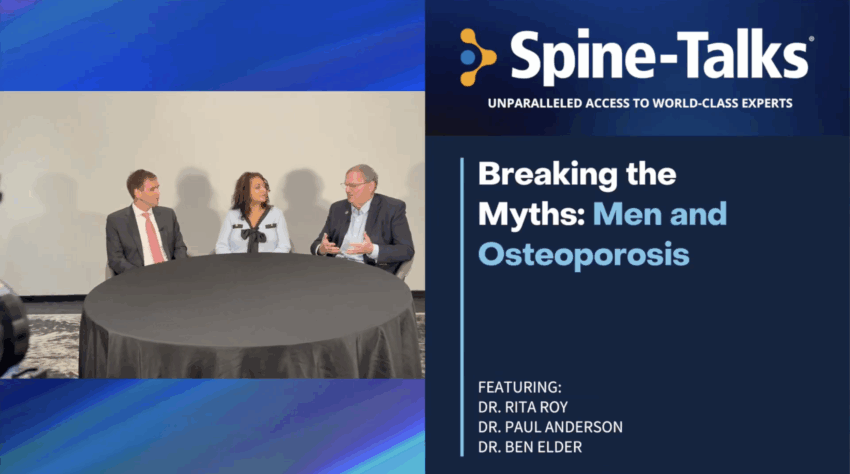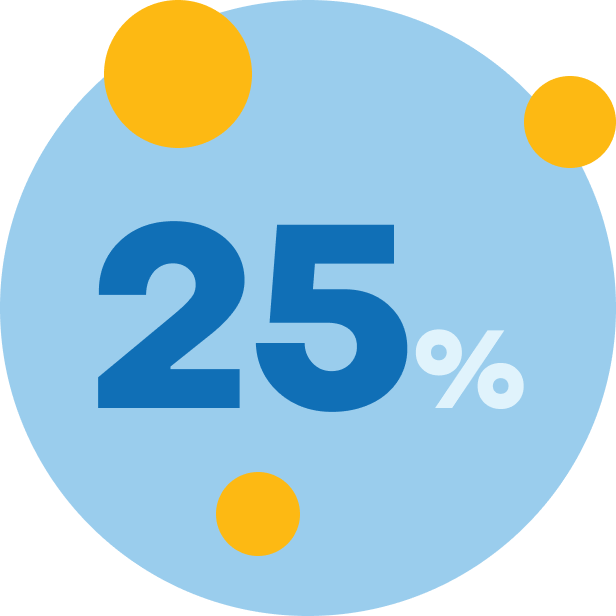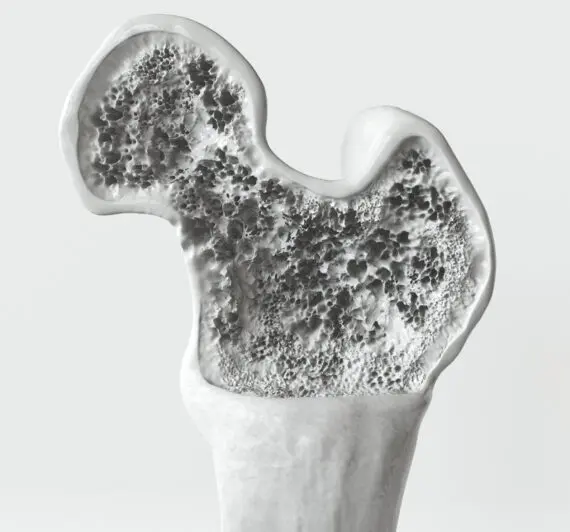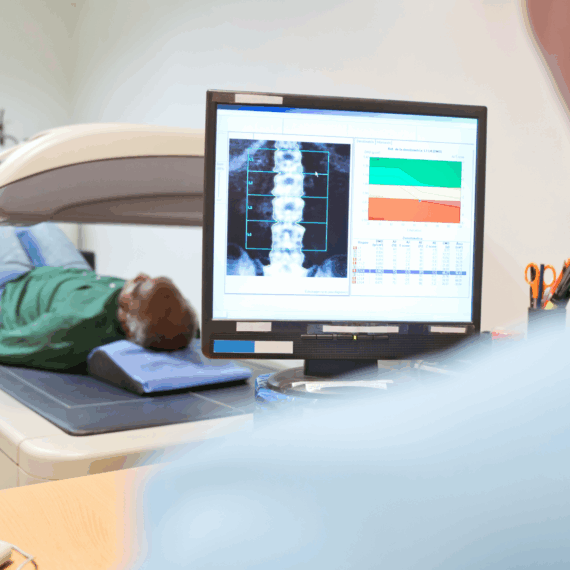Don’t Break Your Back! Vertebral Fractures and How To Avoid Them
Understanding and Preventing Vertebral Compression Fractures In this enlightening episode of Spine Talks, Dr. Rita Roy,...
Osteoporosis weakens bones — and most often in the spine. This June, during National Men’s Health Month, we’re raising awareness about osteoporosis in men. Up to one in four men over the age of 50 will experience at least one osteoporosis-related fracture in their lifetime.
This men’s health awareness campaign is made possible through an educational partnership with Radius Health.
While osteoporosis is often associated with women, it’s a significant health concern for men as well. Approximately 2 million men in the U.S. have osteoporosis, and an additional 16 million have low bone mass, increasing their risk of suffering from debilitating fractures.Source

men are estimated to have osteoporosis and an additional 16 million men have low bone mass (osteopenia)

men over the age of 50 will experience at least 1 osteoporosis-related fracture in their lifetime

men suffer from hip fractures each year (which accounts for 30% of all hip fractures)
men will die within the first year following a hip fracture (compared to 1 in 4 women) - men also experience greater morbidity and loss of independence post-hip fracture

Vertebral compression fractures are the most common type of fracture caused by osteoporosis, and the rates of these fracture increase with age (both in men and women)

are reportedly more likely to break a bone due to osteoporosis than they are to develop prostate cancer

Men accounted for 25% of the estimated $17 billion in costs associated with osteoporotic fractures in the US (2005)
![]()
Several factors increase the risk of osteoporosis in men:


Osteoporosis is often called a “silent disease” because bone loss occurs without symptoms. Many men are unaware they have the condition until they suffer a fracture. Spinal fractures, in particular, can occur without noticeable pain but lead to height loss and posture changes.
Taking proactive steps can help maintain bone health:
Awareness is the first step toward prevention. If you’re over 50 or have risk factors for osteoporosis, talk to your doctor about bone health. Early detection and lifestyle changes can make a significant difference.

We’ve partnered with the Bone Health and Osteoporosis Foundation to help you assess your risk.
Understanding and Preventing Vertebral Compression Fractures In this enlightening episode of Spine Talks, Dr. Rita Roy,...
What are Compression Fractures of the Spine? Vertebral compression fractures (VCFs) occur when the bones of...
A healthy spine is essential, and taking care of the 33 bones – the vertebrae –...
Nutrition for healthy bones is important knowledge. Ours bones play many roles in the body, from...
Getting older is inevitable, but it doesn’t have to hurt. As we age, the impact from...
Nutrition plays a crucial role in supporting the wellness of your bones including your vertebrae, but...
Anson Bautista, MD, Justin Reyes, MS, Zeeshan Sardar, MD Columbia University Och Spine Hospital at New York-Presbyterian/Allen Bone...
Medical Acupuncture for Pain Management Acupuncture is among the oldest healing arts in the world as...
Breaking Down the Exercises that Break Down Your Spine Most people will experience a bout of...
THERE ARE THREE TYPES OF EXERCISE: STRENGTHENING, STRETCHING, AND AEROBICS (CARDIO). Exercise is critical to maintaining...
Description: Are you at risk for Osteoporosis? Osteoporosis, commonly dubbed the “silent disease,” often escapes notice...
Sharing what you’ve learned about bone health can help others reduce their risk.
Find out if you’re at risk for osteoporosis and other bone conditions.